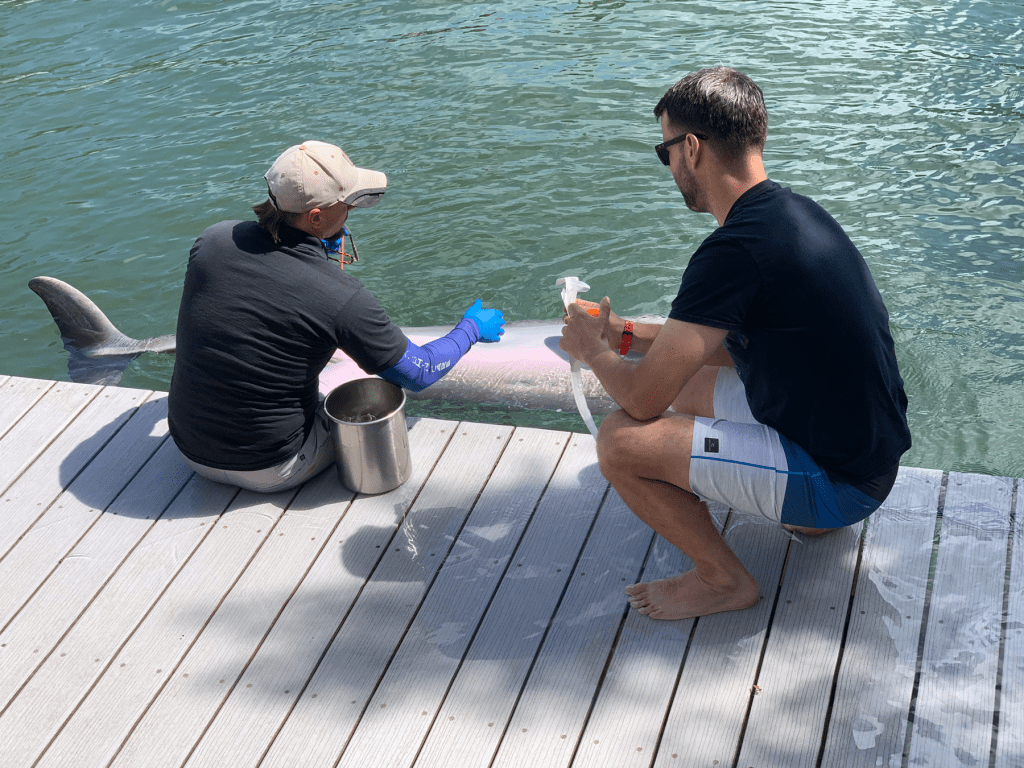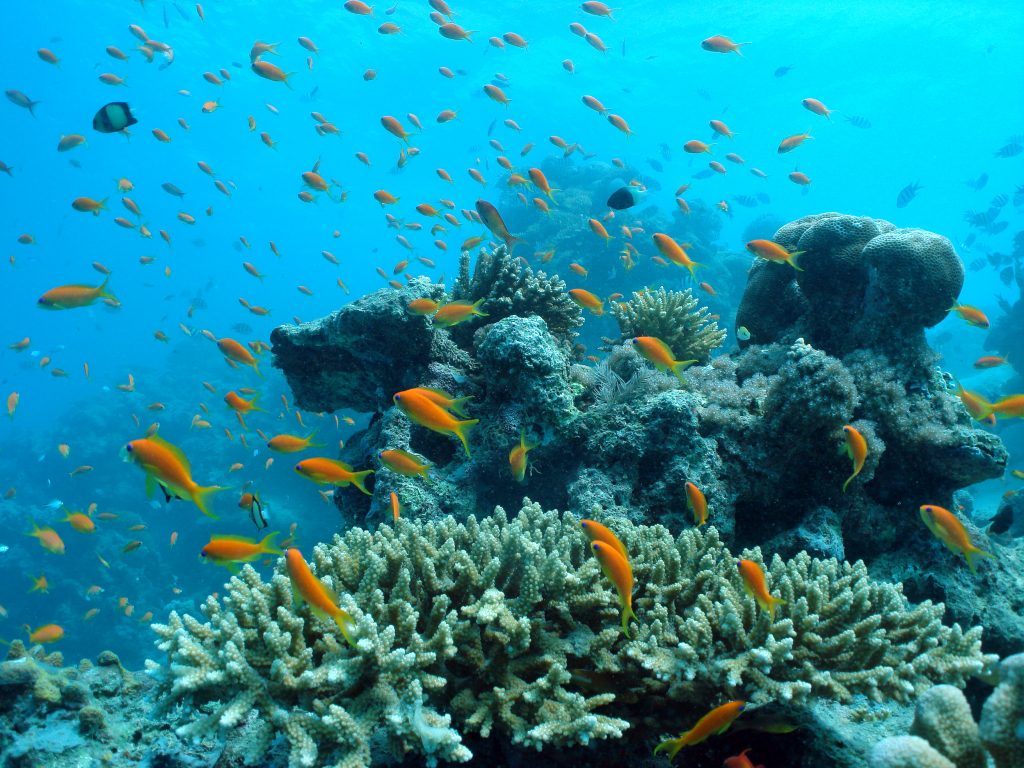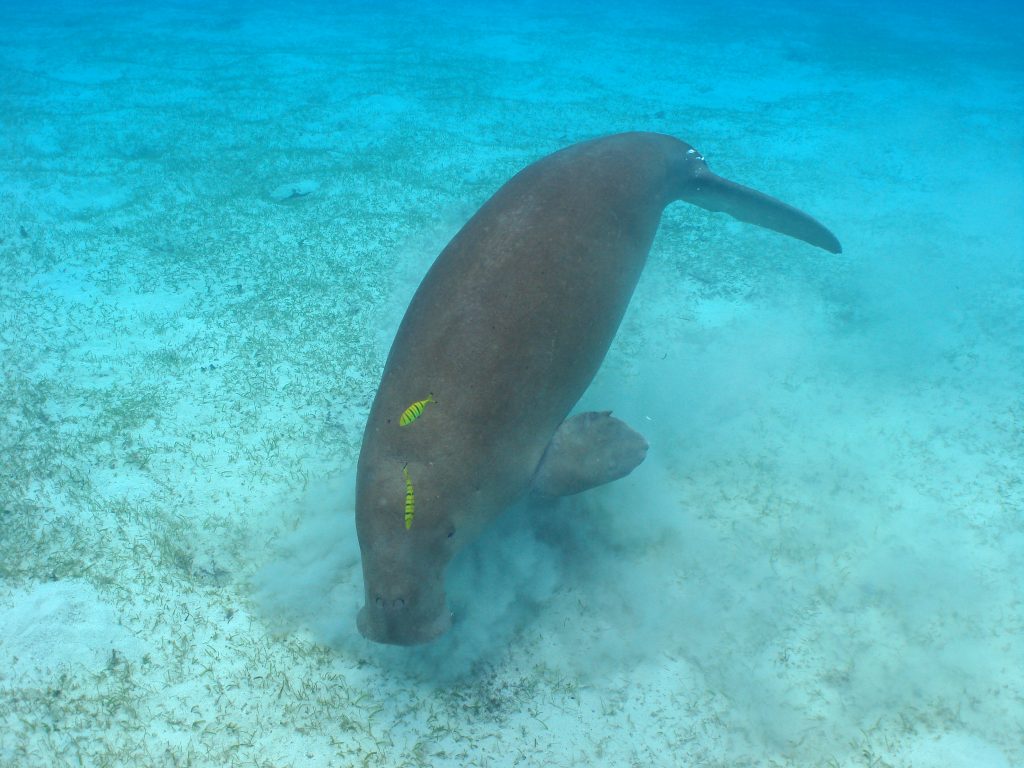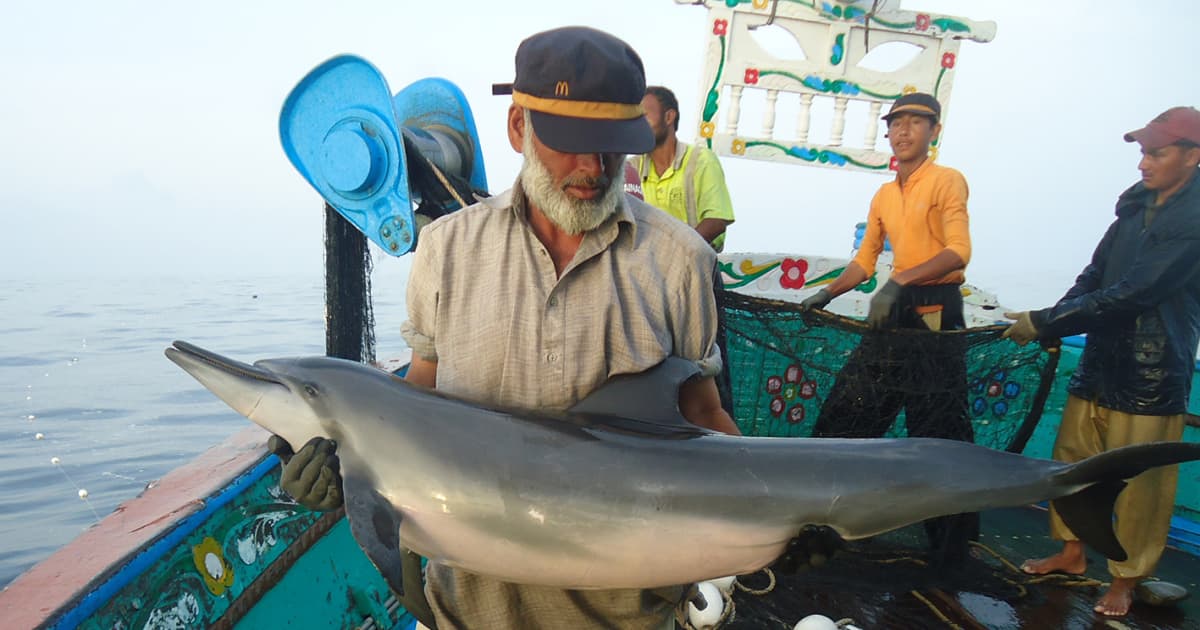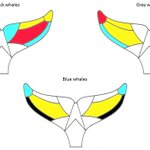Understanding the ecological roles and importance of marine megafauna is becoming increasingly important in light of both historical and ongoing anthropogenic changes to both their populations and those of their prey.
Among megafaunal taxa, marine mammals such as cetaceans, pinnipeds, sirenians, marine Lontra felina and sea Enhydra lutris otters, and the polar bear Ursus maritimus are of particular interest.
Species
Cetaceans, pinnipeds and sirenians
Partners
Joe Roman (University of Vermont), Michael Heithaus (Marine Community and Behavioral Ecology Lab, FIU), Island Dolphin Care
Due to their high historical – and sometimes present-day – abundances, capability for large-scale movements and high metabolic rates, they have the potential to affect the structure and function of ecosystems through a variety of mechanisms over both ecological and evolutionary time.
Understanding how marine mammals affect communities and ecosystems
Marine mammals have the potential to consume considerable portions of primary production in a system owing to their large body sizes, potentially high abundances, and high metabolic rates (Katona & Whitehead 1988, Bowen 1997).
Besides, with ca. 128 species ranging in size from 14 – 45 kg sea otters to 150 – 170 metric ton blue whales (Balaenoptera musculus), marine mammals fill a broad range of ecological niches including herbivores (sirenians), benthic invertivores (gray whales Eschrichtius robustus, walruses Odobenus rosmarus), batch-feeders on plankton and small schooling fish (balaenopterid whales), and both intermediate (most pinnipeds and cetaceans) and truly apex (e.g. mammal-eating killer whales Orcinus orca, polar bears) carnivores.
Marine mammals also occur in all oceans from polar to tropical regions, and from coastal to oceanic waters extending from the surface to depths exceeding 2,500 m for some deep diving species such as Cuvier’s beaked whales (Ziphius cavirostris). Due to their high historical – and sometimes present-day – abundances, capability for large-scale movements and high metabolic rates, they have the potential to affect the structure and function of ecosystems through a variety of mechanisms over both ecological and evolutionary time. The effects of marine mammals on ecosystems, including competition with fisheries, are explicitly or implicitly considered to occur through their ability to remove prey through direct predation. However, marine mammals can affect ecosystems through more diverse pathways. They can affect the behavior of their prey, which could in turn cascade through food webs, affect nutrient cycling or alter the physical structure of habitats. Through experimental and field studies, we study how marine mammals (cetaceans, pinnipeds and sirenians) can affect communities and fisheries through top-down effects (consumptive effects), and how these top-down effects can cascade through the food webs. We also investigate how they can alter the behavior of other species. Not all roles of marine mammals will involve negative interactions. For example, cetaceans and possibly some pinnipeds, may facilitate the foraging of other species, like seabirds but also humans, by making previously unavailable prey accessible or preventing the escape of these species to deeper waters. In addition, marine mammals might facilitate “bottom-up” stimulation of primary production by promoting nutrient cycling and serve as mobile vectors for the transport of nutrients across microhabitats and ecosystem boundaries. We are currently running a number of projects addressing these questions, using both experimental and field studies across multiple ecosystems.

